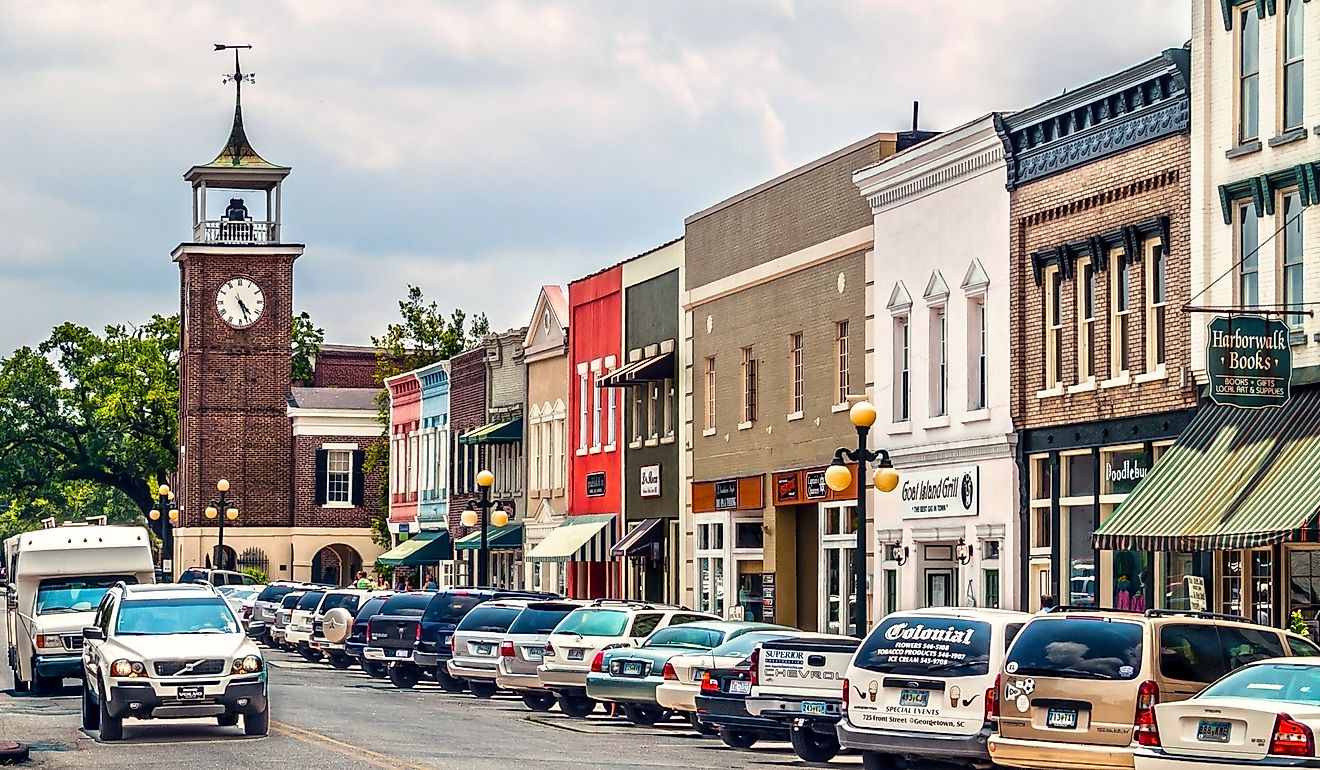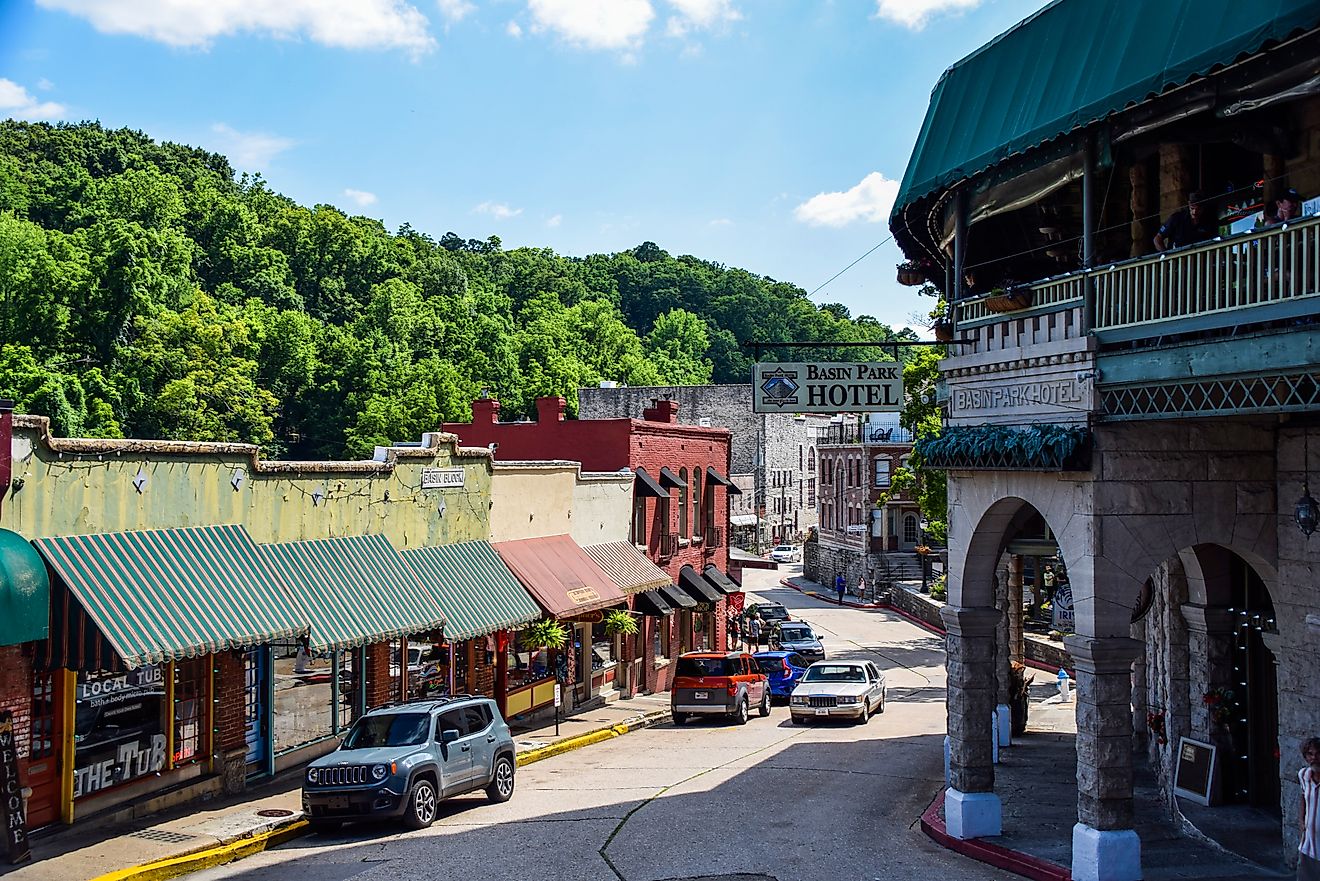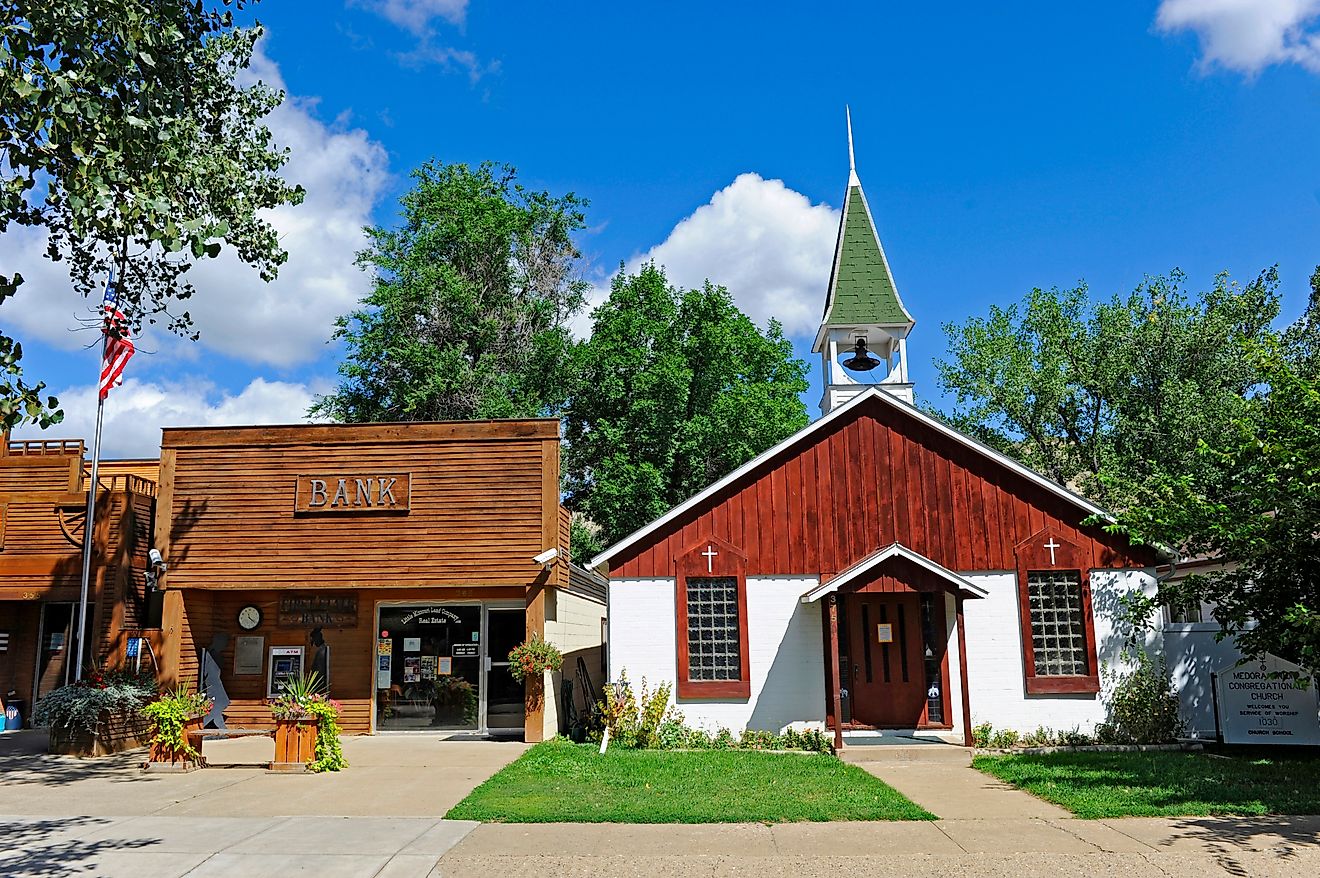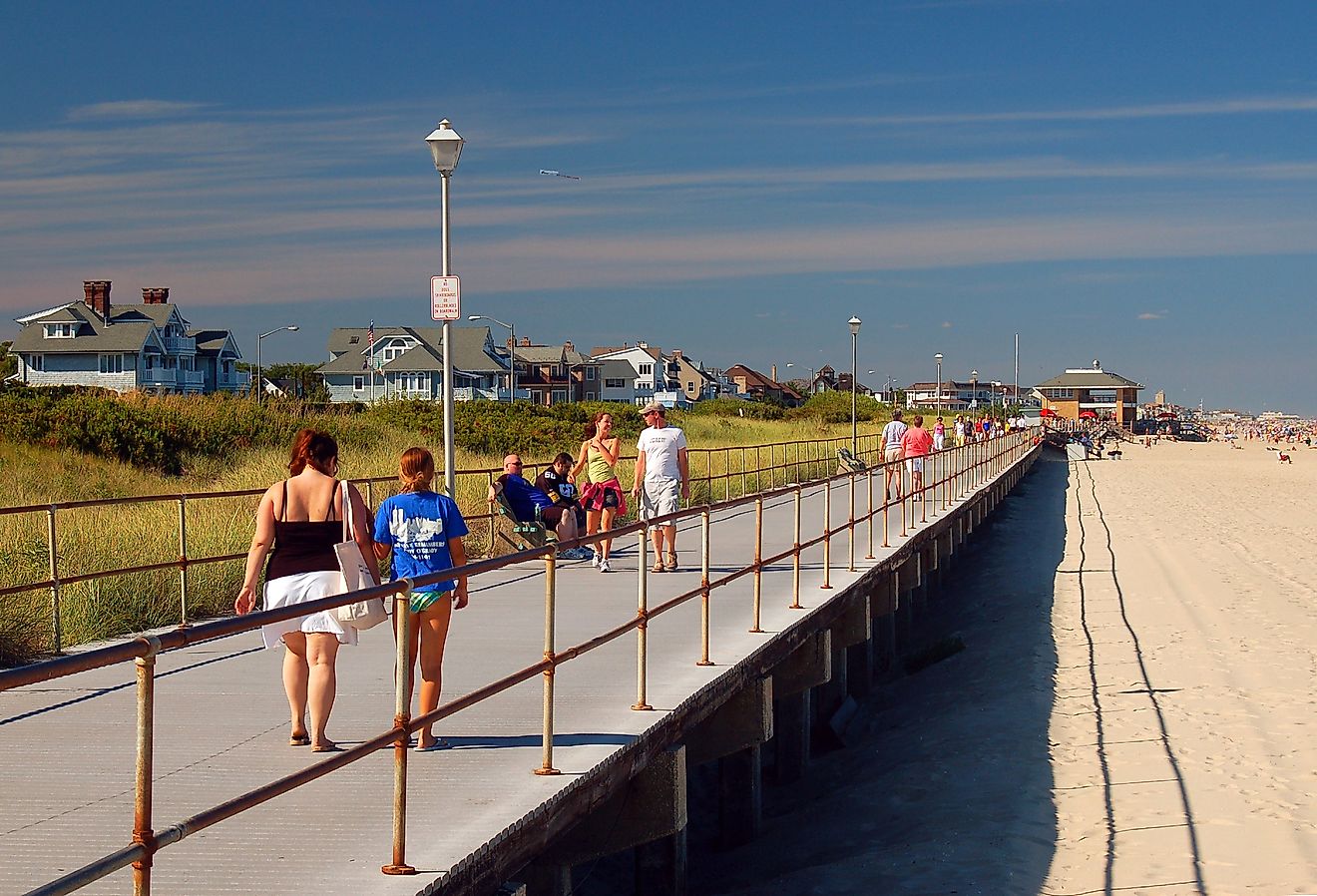Ghost Towns of America: Rhyolite, Nevada

Rhyolite is a deserted town that was built in Bullfrog Hills which is found in Nevada’s Nye County. It lies in a protected desert basin close to the Montgomery Shoshone Mine. The town gets its name from a magmatic rock called rhyolite. The hills are named after the Bullfrog Mine which was the premier goldmine in the area. The nearby Montgomery Shoshone Mine was named for the Western Shoshone community who were indigenous inhabitants of the area.
The Rise of Rhyolite
The town rose in population as a result of the discovery of gold in the Bullfrog Mountain which triggered a gold rush leading to large settlements near the Montgomery Shoshone Mine. The town grew from a camp occupied by two men in January 1905 to 1,200 inhabitants within two weeks. By June of that year, around 2,500 people occupied the town. Many businesses were also set up in the town including lodging houses, barbers, gambling tables, saloons, brothels, a bath house for the public, and a weekly newspaper known as Rhyolite Herald.
The mine was sold to an industrialist in 1906 which lead to the expansion in operations. Three railway lines were built to serve the town. It was also connected to an electricity line and piped water. An estimated 4,000 people resided in the town by 1907. By then, Rhyolite was highly developed and it had its own stock exchange, fire and police departments, telegraph and telephone lines, three banks, two churches, a communal swimming pool, opera house, a school, and a hospital. Its famous bottle house was built in 1906 using 50,000 disposed liquor and beer bottles.
Collapse of the Town
The fall of the town began three years after the mine was established, following a sharp decline in the price of the mine’s shares in the stock market. In 1908, it was discovered that the mine had been overvalued and the prices fell further. By the close of 1910, the mine was operating at a loss and it was closed down on March 14, 1911. The population of the town had declined to 675 people in 1910 due to the relocation of unemployed miners who went to look for employment elsewhere. By 1920, the town was only inhabited by 14 people and all the amenities in the town had been shut down including the water and electricity lines. The infrastructure was brought down and its construction material was used to build other mining camps and towns. The last man to occupy the town died in 1924 at the age of 94.
Tourism
Rhyolite is placed under the Bureau of Land Management and it is now an attraction for tourists. It is widely photographed and it has also been used by many filming corporations as a setting for films. Its present ruins include the bottle house, Cook Bank Building, and a train depot. The depot was converted into a curio shop and a small museum but it closed down in the 1970s. Near its southern entrance is a sculpture park named Goldwell Open Air Museum which was opened in 2000.











